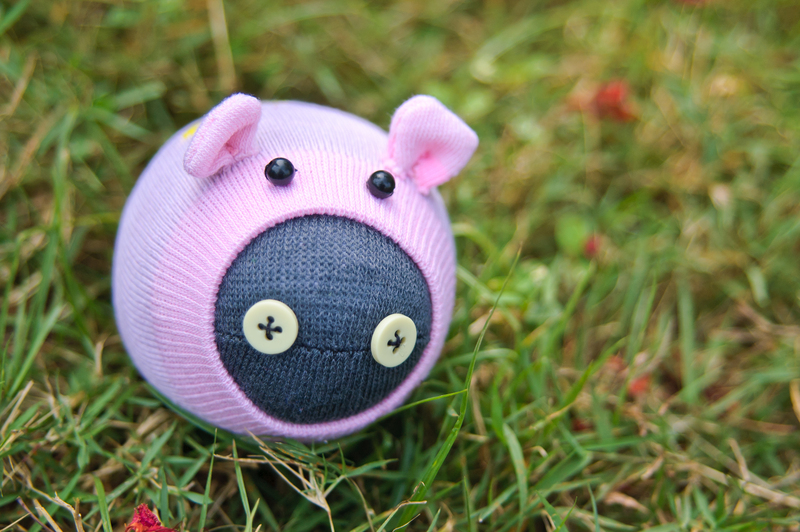Revolutionize Your Plant Pot Disposal Process: Eco-Friendly Solutions for a Greener Tomorrow
In recent years, environmental sustainability has gained significant importance. One frequently overlooked area is how we dispose of plant pots--commonly made of plastic, terracotta, ceramic, or biodegradable materials. With millions of pots ending up in landfills annually, it's vital to seek better ways to revolutionize your plant pot disposal process. This guide explores innovative, eco-friendly, and practical strategies for anyone who loves plants and cares for the planet.
Why Rethink Traditional Plant Pot Disposal?
Most plant enthusiasts accumulate dozens of unused pots over time. Unfortunately, most find their way into general waste, contributing to pollution and environmental degradation. By transforming how you handle discarded plant containers, you help create circular systems that are less wasteful and more environmentally friendly.
- Reduces landfill waste: Millions of plastic pots are sent to landfill globally every year.
- Supports circular economy principles: Encourages reusing, upcycling, and recycling.
- Encourages sustainable gardening: Promotes responsible plant care practices.

Step-by-Step Guide to Revamp Your Plant Pot Disposal Routine
1. Understand What Your Pots Are Made Of
The first step to improving your plant pot disposal process is understanding what materials you're dealing with. Not all pots are created equal, and their disposal options vary significantly:
- Plastic: Common, lightweight, often recyclable but underutilized in recycling streams.
- Terracotta and ceramic: Natural but non-biodegradable; ideal for creative reuse.
- Biodegradable: Made from coir, peat, or paper--and can often be composted directly.
Tip: Check for recycling symbols or manufacturer information for specific disposal recommendations.
2. Reuse and Upcycle: Breathe New Life Into Old Pots
Before tossing pots away, consider creative reuse. Old plant containers can serve various purposes, saving money and reducing waste. Here are some inventive upcycling ideas to revolutionize your plant pot disposal:
- Organizing Tools: Use small pots for tidy tool storage in garden sheds or garages.
- Decorative Arrangements: Paint, mosaic, or decorate old pots for home decor, table centerpieces, or garden art.
- Propagation Stations: Utilize gently used pots for plant cuttings, seedlings, or sharing plants with friends.
- Craft Projects: Create candle holders, pen cups, or fairy garden ornaments.
Upcycling reduces demand for new products and showcases your creativity while cutting down on waste.
3. Donate Unwanted Pots: Share with Community & Organizations
Not every old pot needs to be recycled or upcycled in your own space. There are countless local and online outlets eager to accept used pots, improving your plant pot disposal process while benefitting others:
- Plant Swaps: Many local gardening groups host regular swap events where pots are welcomed.
- Schools & Community Gardens: Donate used pots to be reused for educational horticultural projects.
- Non-profits: Environmental organizations, community centers, and shelters often need supplies for their planting activities.
- Online Marketplaces: Platforms like Freecycle, Facebook Marketplace, or Craigslist allow free listing and exchanges.
By donating, you prolong the life cycle of each pot and foster stronger community ties.
4. Find a Responsible Recycling Program
If your plant pots have truly reached the end of their usable life, recycling is the next best step. However, not all recycling centers accept plant pots due to the types of plastic used, which are often contaminated with soil and residue.
- Identify local recycling drop-off points that accept garden plastics--some garden centers offer "pot drop" programs.
- Rinse thoroughly to remove soil and plant matter, improving their chances of being processed.
- Check recyclable symbols: Plastics with symbols 2 (HDPE) or 5 (PP) are more widely accepted.
Pro Tip: Many horticultural retailers are launching their own recycling initiatives. Call ahead or check online for the nearest participating center.
5. Compostable and Biodegradable Pots: Returning to the Earth
As the market shifts, more garden centers now offer compostable plant pots made from renewable sources. These include coconut fiber, peat, bamboo, rice husks, and pressed paper.
- Compost directly: As the pot breaks down, it enriches your compost with organic matter.
- Plant in the ground: Some biodegradable pots can be planted with your seedling, decomposing naturally and feeding the soil.
Remember, always verify the compostability claim: some "biodegradable" plastics still leave microplastic residues.
Innovative Technologies Revolutionizing Plant Pot Disposal
Smart Collection Points and Take-back Schemes
Forward-thinking companies are partnering with nurseries and hardware stores to establish smart take-back points where gardeners can drop off their used containers. These pots are then either cleaned for reuse, repurposed, or recycled into new products.
- Reduces the burden on municipal waste services and ensures pots are directed to best-use scenarios.
- Often provides incentives, like discounts for returning pots to encourage participation.
This systemic approach is key to truly revolutionizing your plant pot disposal process and supporting circular economies.
Compostable Innovations and Material Science
Researchers are now developing plant pots from cutting-edge materials such as mycelium (mushroom root structures), seaweed, and starch-based bioplastics. These options fully decompose, leaving no harmful residues.
Benefits:
- Biodiversity improvement from toxin-free decomposition
- Zero landfill waste
- Reducing dependence on fossil-fuel-based plastics
Watch for new developments at your local nursery or garden centers as these materials hit the mainstream!
Digital Tracking and Pot Passport Programs
Some retailers now offer "pot passport" programs - QR codes on pots connect you to sustainability instructions or even track a pot's journey through multiple uses.
- Encourages accountability across the supply chain
- Informs consumers how best to dispose or return their pots
- Provides data to improve recycling and reuse rates
Reducing Future Pot Waste: Proactive Buying Decisions
Choose Recycled or Compostable Pots Early On
The best way to revolutionize your plant pot disposal process is to start at purchase. Increasing numbers of nursery plants are available in fully compostable or recycled-plastic pots.
- Avoid single-use plastics--ask for or choose products packaged in recycled or recyclable materials.
- Support sustainable brands--check for suppliers with closed-loop or take-back schemes.
- Buy in bulk: Reduces overall packaging and secondary waste.
Remember: Your dollar is your vote--demand drives sustainable innovation in the gardening industry!
Embrace Minimalism in Your Gardening Practice
Consider adopting a minimalist gardening approach by only acquiring as many pots as you actively use or can swap out seasonally.
- Declutter Gardening Sheds: Keeps your storage neat and inventory manageable.
- Focus on quality over quantity: Invest in durable and versatile containers.
Accumulating fewer, well-chosen pots reduces your future disposal burden and simplifies ongoing maintenance.

Frequently Asked Questions: Revolutionizing Your Plant Pot Disposal
Can all plastic plant pots be recycled?
Not always. Check the recycling codes and call your municipality or local garden center regarding specific collections. Some thin plastics and black containers are rejected by optical sorting machines.
What should I do if local recycling isn't available?
- Reuse or donate as much as possible.
- Ask local nurseries to lobby for recycling initiatives.
- Contact manufacturers about producer responsibility programs.
Are there health concerns related to reusing old pots?
Yes-- unwashed pots may harbor pests or disease. Always wash and disinfect before repurposing to protect new plants.
How can I encourage others to adopt better disposal habits?
- Share success stories in your gardening community.
- Host awareness campaigns or workshops.
- Collaborate with garden centers to promote take-back schemes.
Conclusion: Lead the Change and Revolutionize Your Plant Pot Disposal Process
The transition to sustainable gardening habits is not just a trend--it's a crucial step in protecting our planet. By thoughtfully considering each stage of the plant pot lifecycle, you can revolutionize your plant pot disposal process and inspire others to do the same. Whether by upcycling, donating, choosing smarter purchasing habits, or engaging with emerging eco-technologies, every action counts.
Make responsible plant pot disposal your standard gardening practice. Share these strategies with friends, neighbors, and local businesses--together, we create a greener, cleaner future one pot at a time!
```